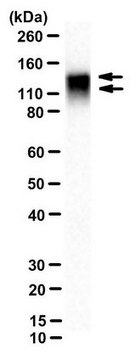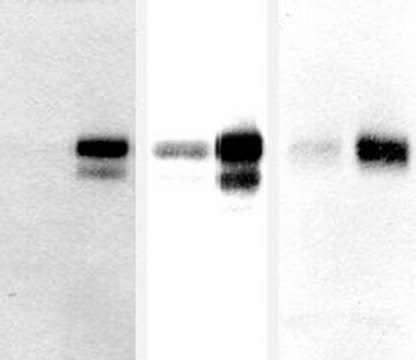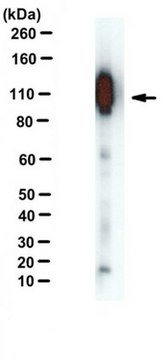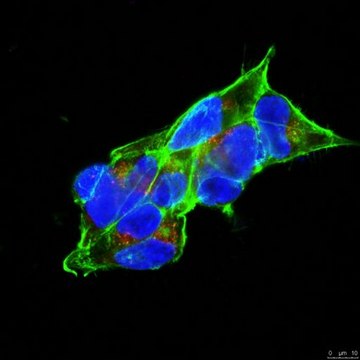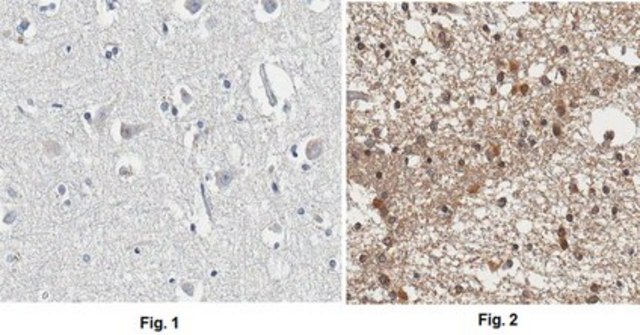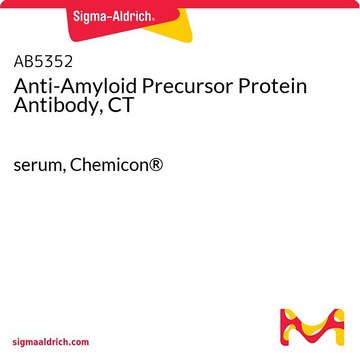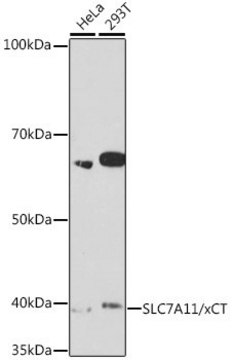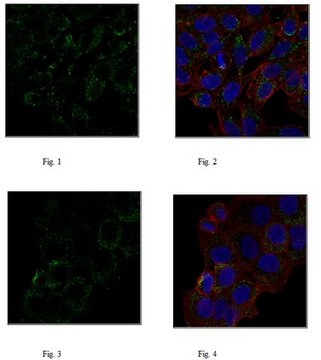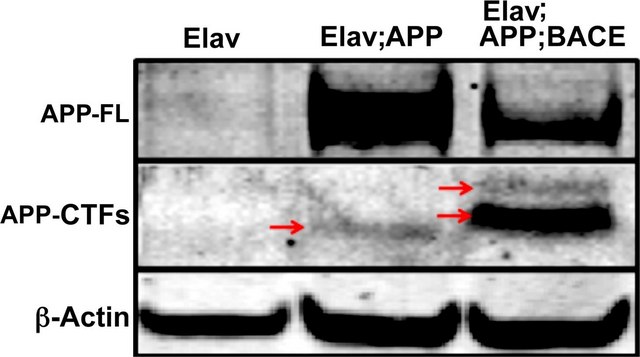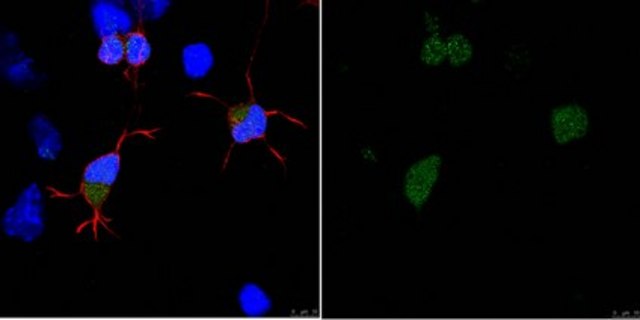MABN2287
Anti-Amyloid Precursor Protein (APP) Antibody
rat monoclonal, 1D1
Synonym(s):
Amyloid beta A4 protein, ABPP, APPI, Alzheimer disease amyloid protein, Amyloid precursor protein, Beta-amyloid precursor protein, Cerebral vascular amyloid peptide, CVAP, PreA4, Protease nexin-II, PN-II
About This Item
Recommended Products
Product Name
Anti-APP Antibody, clone 1D1, clone 1D1, from rat
biological source
rat
Quality Level
antibody form
purified immunoglobulin
antibody product type
primary antibodies
clone
1D1, monoclonal
species reactivity
human
technique(s)
ELISA: suitable
flow cytometry: suitable
immunocytochemistry: suitable
immunohistochemistry: suitable (paraffin)
western blot: suitable
isotype
IgG1κ
NCBI accession no.
UniProt accession no.
shipped in
ambient
target post-translational modification
unmodified
Gene Information
human ... APP(351)
General description
Specificity
Immunogen
Application
Immunoprecipitation Analysis: A representative lot detected APP in Immunoprecipitation applications (Hofling, C., et. al. (2016). Aging Cell. 15(5):953-63).
Western Blotting Analysis: A representative lot detected APP in WT, but not in APP knockdown HEK293T cells (Courtesy of Dr. med. Peer-Hendrik Kuhn, Ph.D., Institut fur Allgemeine Pathologie und Pathologische Anatomie, Technische Universität München, Munich, Germany).
Immunocytochemistry Analysis: A 1:250 dilution from a representative lot detected APP in HEK293 cell line.
Immunocytochemistry Analysis: A representative lot detected APP in Immunocytochemistry applications (Hofling, C., et. al. (2016). Aging Cell. 15(5):953-63).
Immunocytochemistry Analysis: A 1:10 dilution from a representative lot detected APP in HEK293T cells, but not in cells lentivirally transduced with APP shRNA-1 or APP shRNA-2, both coexpressing GFP as a reporter (Courtesy of Dr. med. Peer-Hendrik Kuhn, Ph.D., Institut fur Allgemeine Pathologie und Pathologische Anatomie, Technische Universität München, Munich, Germany).
Immunohistochemistry Analysis: A representative lot detected APP in Immunohistochemistry applications (Hofling, C., et. al. (2016). Aging Cell. 15(5):953-63).
Immunohistochemistry Analysis: A 1:50 dilution from a representative lot detected APP in human cerebral cortex and human Alzheimer′s brain tissues.
ELISA Analysis: A representative lot detected APP in ELISA applications (Hofling, C., et. al. (2016). Aging Cell. 15(5):953-63).
Western Blotting Analysis: A representative lot detected APP in Western Blotting applications (Hofling, C., et. al. (2016). Aging Cell. 15(5):953-63).
Flow Cytometry Analysis: A representative lot detected APP in Flow Cytometry applications (Hofling, C., et. al. (2016). Aging Cell. 15(5):953-63).
Neuroscience
Quality
Western Blotting Analysis: 1 µg/mL of this antibody detected APP in 10 µg of HEK293 cell lysate.
Target description
Physical form
Storage and Stability
Other Notes
Disclaimer
Not finding the right product?
Try our Product Selector Tool.
recommended
Storage Class Code
12 - Non Combustible Liquids
WGK
WGK 1
Flash Point(F)
does not flash
Flash Point(C)
does not flash
Regulatory Information
Certificates of Analysis (COA)
Search for Certificates of Analysis (COA) by entering the products Lot/Batch Number. Lot and Batch Numbers can be found on a product’s label following the words ‘Lot’ or ‘Batch’.
Already Own This Product?
Find documentation for the products that you have recently purchased in the Document Library.
Our team of scientists has experience in all areas of research including Life Science, Material Science, Chemical Synthesis, Chromatography, Analytical and many others.
Contact Technical Service